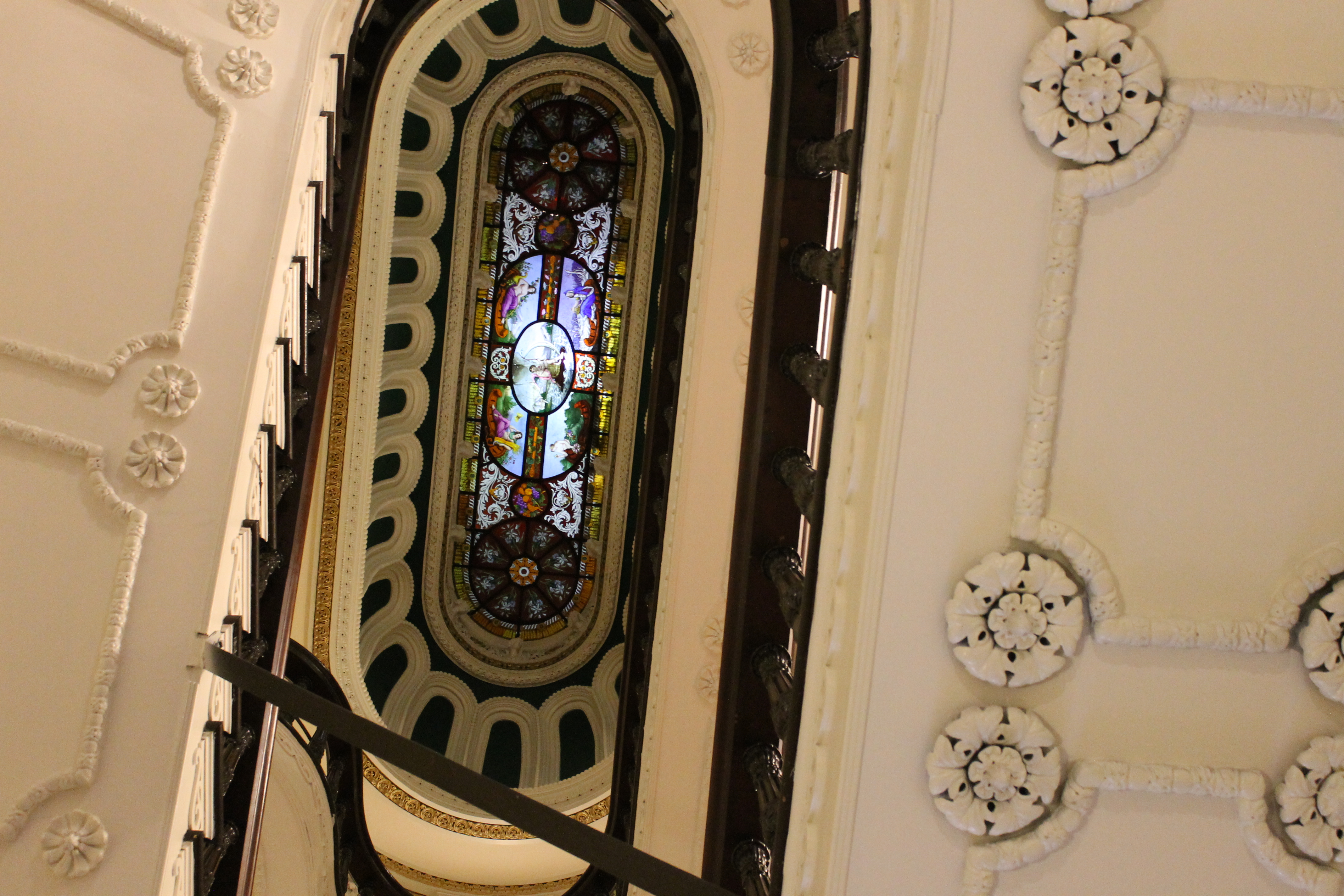On November 2, HARP CubeSat, a satellite the size of a loaf of bread, was successfully launched from NASA’s Wallops Flight Facility in Virginia to the International Space Station.
The satellite includes a sensor developed by the University of Maryland Baltimore County’s Earth and Space Institute. This tiny sensor will help shed light into how pollution is affecting clouds.
“The HARP sensor is designed to measure particulate material in the atmosphere like dust, pollution, and smoke,” said Dr. Vanderlei Martins who is spearheading the project and is a professor of physics at UMBC. “One of the goals is to help us understand how aerosols interact with droplets and changes in precipitation.”
The sensor was developed and tested by a plethora of students and professionals ranging from high school students to postdoctoral researchers. High school students contributed by testing components that were used to build the sensor as well as writing software and code for testing the system.
“By involving young students and professors and all kinds of engineers it shows that we can have some impact and we can work together with an organization like NASA, incubating new ideas and developing them. “
LIFTOFF! @northropgrumman’s #Antares rocket launched from @NASA_Wallops at 9:59am ET. Now heading to @Space_Station, the #Cygnus cargo vehicle will deliver about 8,200 pounds of @ISS_Research and cargo. Watch as it continues its journey into space: https://t.co/obe9nO4YkR pic.twitter.com/bIMsHD2ID6
— NASA (@NASA) November 2, 2019
In order to ensure that the sensor will function in space, components making up HARP went through a series of tests that replicated conditions similar to space. This included having some of the components from the sensor go through radiation and temperature testing.
Though the satellite has made its way to the International Space Station (along with other cargo on a Northrop Grumman rocket), HARP’s actual launch into orbit is not finalized.
The satellite’s launch will depend on the schedule of the astronauts and how fast cargo will be unloaded. But for now, the launch is scheduled to take place in late January.
Once launched, the satellite is expected to stay in working condition for the maximum time period of a year. The reason for this has to do with the fact that the altitude in which the satellite will orbit will result in decay. During this time, the
sensor will collect data on the amount of aerosols in the atmosphere as well as the type of particles that the sensor encounters.
“We waited a long time for the launch. It’s a very exciting moment, but it’s also very nerve wracking because suddenly all of those years of work —developing it, building it, testing it — if something goes wrong, you lose that instantaneously,” said Martins. “When they are reporting that that the rocket launched you are happy — for a moment —but then you are tense again because it’s up there and now what?”
Martins and his team are currently working on a second sensor much larger than the first called HARP 2. Once it is completed, it will be attached to SENSOR — a satellite the size of a minivan, which will allow for more in-depth monitoring of the
atmosphere. Thus far, the plans are to have it launched in 2022-2023.
“At this point the technology that we will develop will be a much larger-scale mission,” said Martins. “What we gain from that is we will be able to use HARP 2 to cover the whole globe and get information about the processes that happen.”
With the technology in space, the goal is to get a better view of what’s happening back on this planet.
“My whole team is very committed to earth sciences and everyone thinks that it’s a very important field because it is time to understand the processes that happen on Earth,” said Martins.
Join the conversation!
Find news, events, jobs and people who share your interests on Technical.ly's open community Slack

This Black gaming advocate has a mission to transform education through esports

This Week in Jobs: Get out there with 22 new job opportunities available to you!

This national network empowers Black nonprofit leaders through community, capital and capacity

